10 Vegetables That Aren’t As Healthy As You Believed & 10 That Are Wise Choices
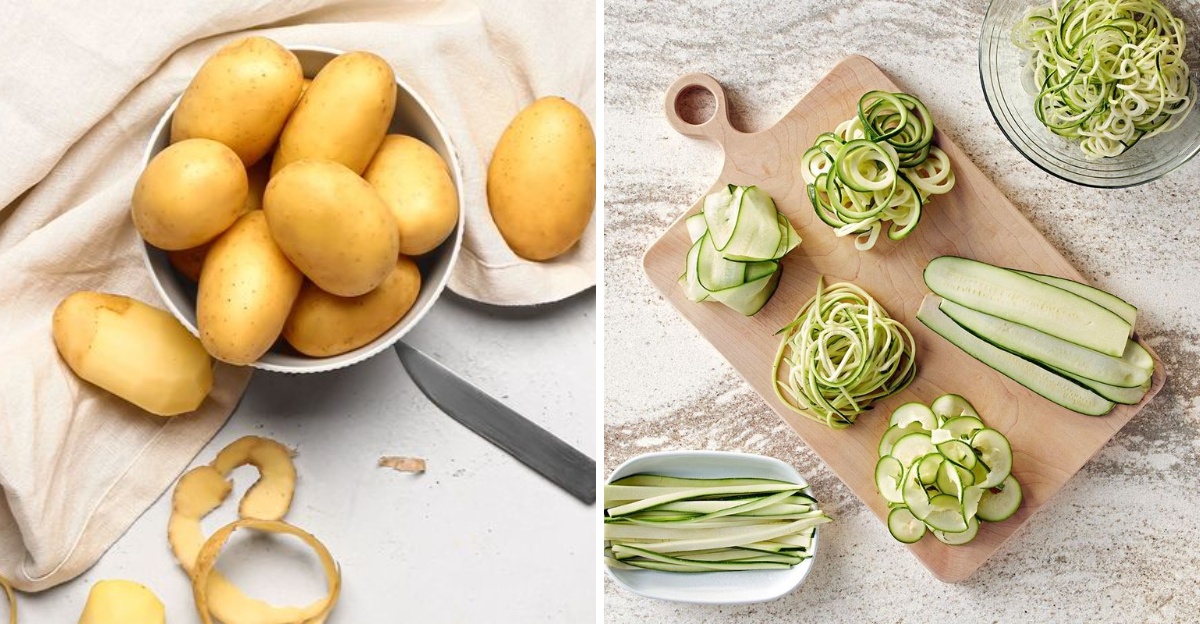
Not all veggies are created equal. While it’s easy to assume anything green (or veggie-adjacent) must be good for you, some popular picks can be high in starch, low in nutrients, or even cause issues for digestion. Here’s a breakdown of 10 vegetables that might not deserve their health halo—and 10 smarter choices to load up on instead.
1. Corn
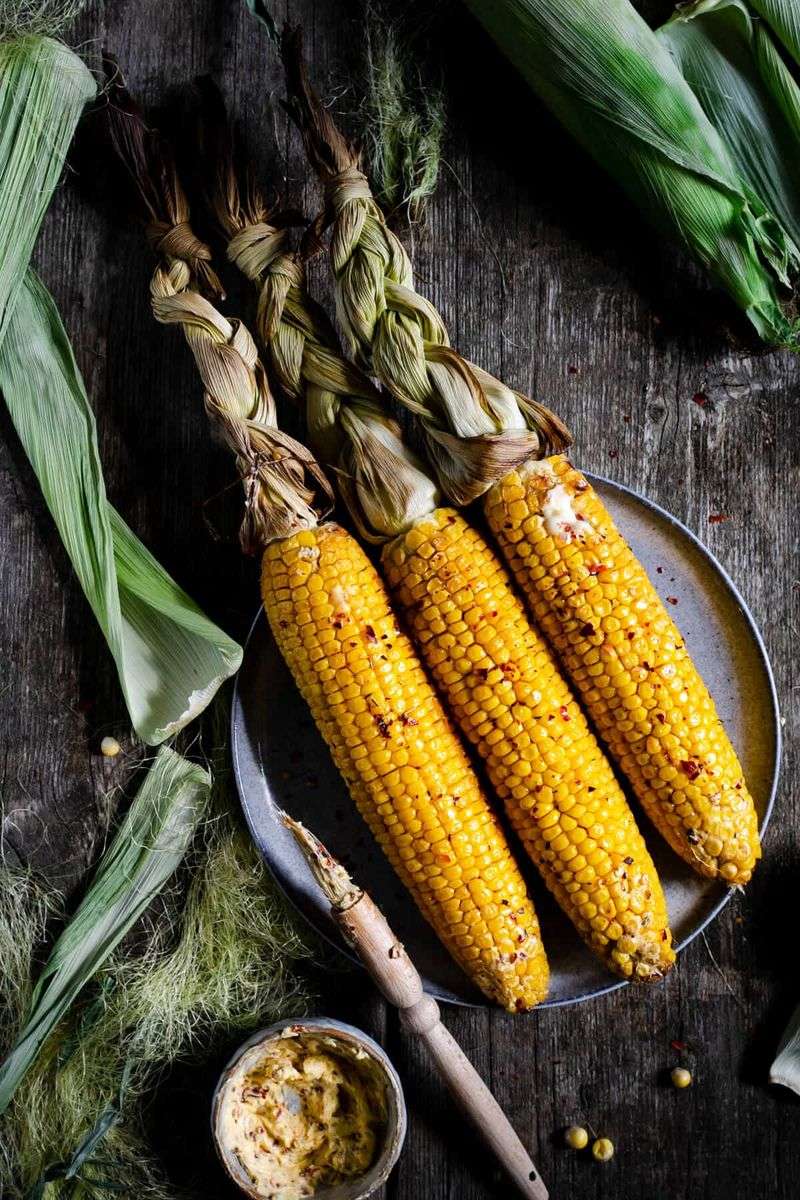
Corn often masquerades as a vegetable, but did you know it’s really a grain? This popular summer staple is high in sugar and starch, which can lead to blood sugar spikes. While fresh corn does offer some fiber and vitamin C, it pales in comparison to other veggies. Its versatility in cooking, from grilled cobs to cornbread, makes it a favorite, yet it’s best enjoyed in moderation. Many corn products, like syrups and chips, are far removed from the fresh kernels, losing nutritional benefits along the way.
2. Potatoes

Potatoes are comfort food for many, but they aren’t exactly the healthiest choice. Rich in carbohydrates and with a high glycemic index, they can cause rapid increases in blood sugar levels. Mashed, fried, or baked with butter, potatoes can become calorie-dense dishes. Despite containing vitamin C and potassium, the method of preparation often overshadows the nutritional value. Swapping regular potatoes for sweet potatoes occasionally can add nutritional variety, as they offer different vitamins and minerals.
3. Iceberg Lettuce
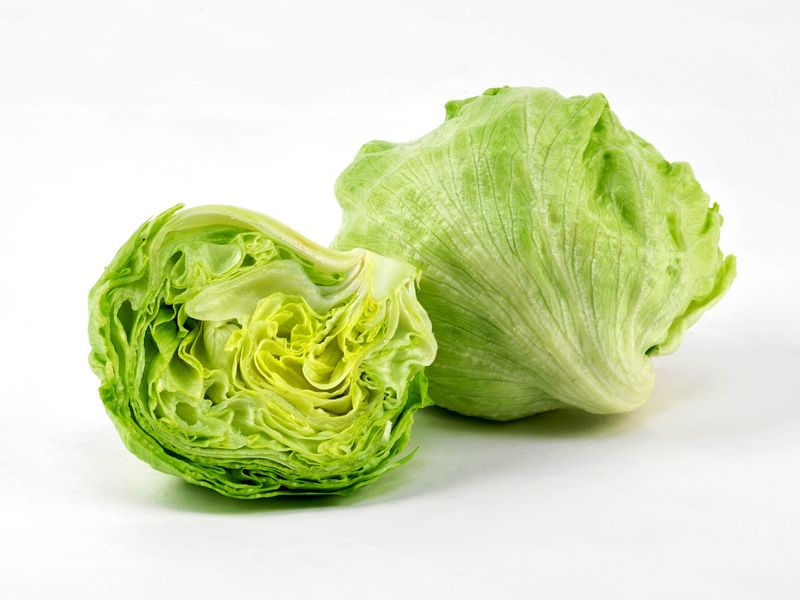
Iceberg lettuce, favored for its crunch, is often referred to as “crunchy water” due to its high water content and minimal nutrients. While it’s low in calories, it offers little in terms of vitamins and minerals compared to other leafy greens like kale or spinach. The subtle flavor makes it a preferred choice for salads, but incorporating other greens can provide a more nutrient-dense meal. Additionally, its crisp texture can be a refreshing complement to richer ingredients.
4. Veggie Chips

Veggie chips might sound healthy, but these snacks often deceive. Frequently fried or baked with minimal vegetable content, they are typically high in salt and low in nutrients. Despite their colorful appearance, they don’t compare to consuming fresh veggies. They serve as a convenient snack, but reaching for raw carrots or bell pepper slices offers more vitamins and fewer additives. Choosing homemade vegetable chips with less oil and salt can improve this snack option.
5. Peas
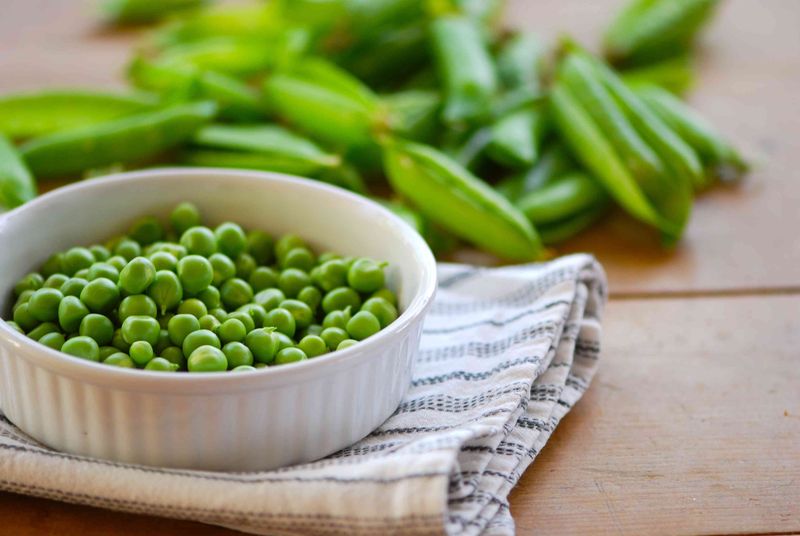
Peas are small but mighty, packed full of flavor with a slight sweetness. However, they are starchy and relatively high in carbs compared to other green veggies. While they do contain fiber, vitamin C, and protein, moderation is key for those monitoring their carbohydrate intake. They can be a delightful addition to pasta dishes or curries but are best paired with lower-carb veggies for a balanced meal. Fresh peas in their pods can also be a fun, healthy snack.
6. Canned Vegetables
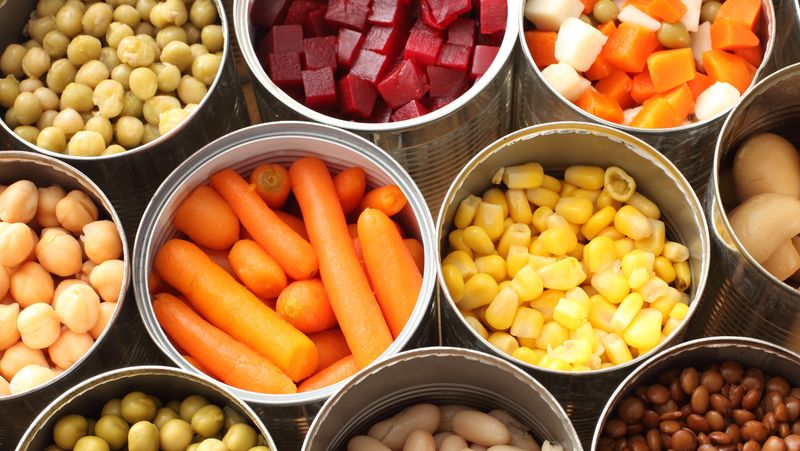
Canned vegetables offer convenience but often come with a downside. Many are packed with sodium and preservatives, reducing their nutritional value compared to fresh or frozen counterparts. The canning process can also deplete some vitamins, albeit extending shelf life. While they are a handy option for quick meals, rinsing canned veggies can help reduce salt content. Opting for no-salt-added versions when available is a healthier choice, offering a similar convenience without excessive sodium.
7. Beets
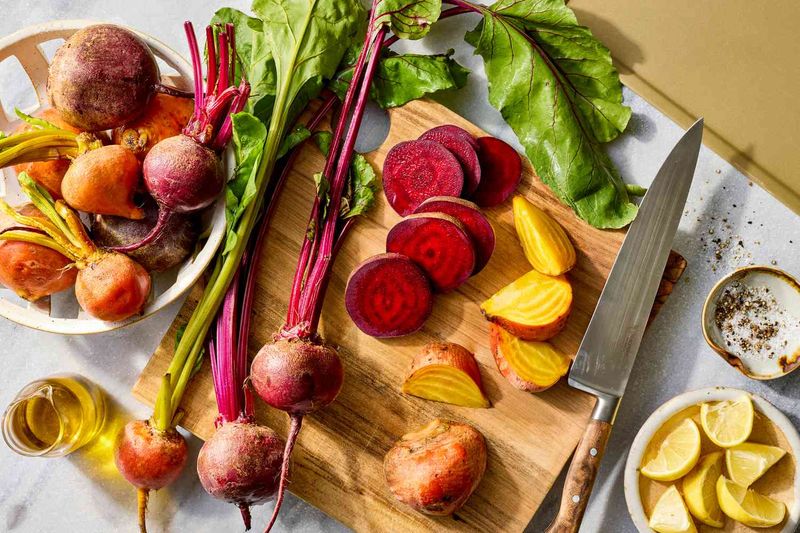
Beets are nutrient-rich and vibrant but contain high levels of natural sugars. For diabetics or those watching sugar intake, portion control is crucial. These root vegetables offer folate, manganese, and nitrates beneficial for blood pressure, yet it’s their sugar content that requires moderation. They lend an earthy sweetness to salads and are great when roasted or juiced. Using them sparingly can add color and nutrition without overloading on sugar.
8. Pickled Vegetables
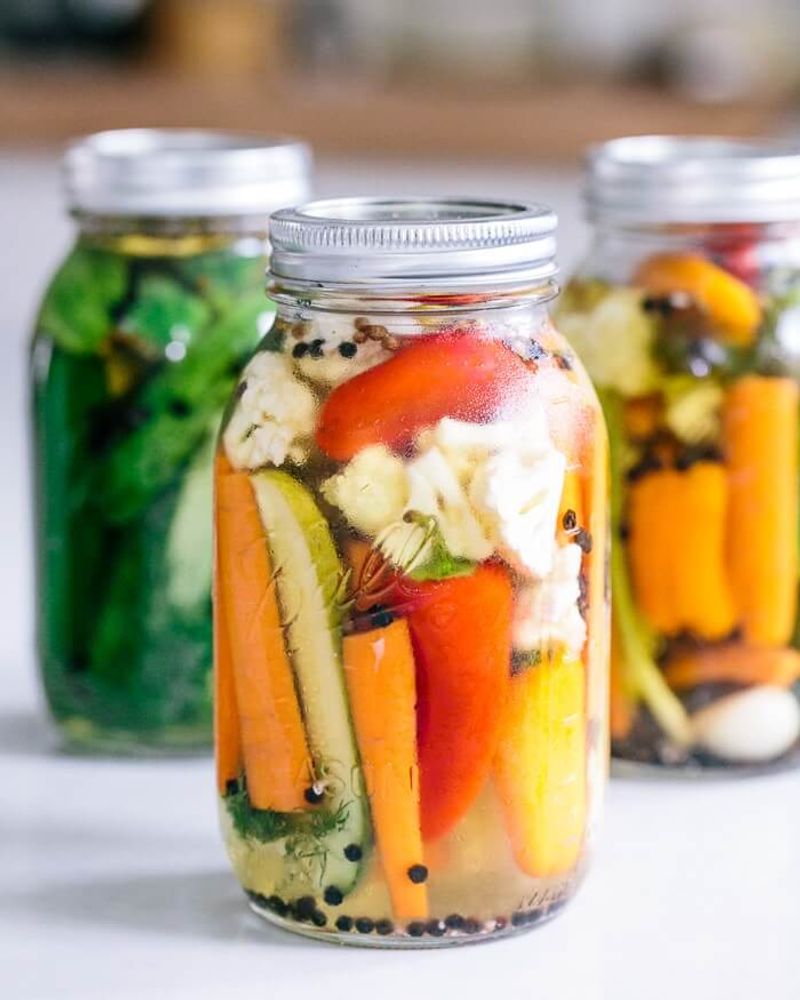
Pickled vegetables can add a tangy twist to meals and provide some probiotics for gut health. However, the high salt content in many pickled products can outweigh their benefits if consumed excessively. While they can enhance flavors, balance is key. Making your own pickles at home with less salt is a healthier alternative. Despite their drawbacks, they are a popular choice for adding zest and variety to dishes without overwhelming them.
9. Sweet Corn

Sweet corn, especially frozen or creamed, is often considered a vegetable, yet it behaves more like a carbohydrate in meals. Low in fiber and high in sugar, it acts more like a starch than a veggie. While sweet corn can add sweetness to salads and casseroles, it should accompany other veggies for a balanced dish. Fresh sweet corn, when eaten whole, retains some fiber, offering more than its processed counterparts. Consider it a treat rather than a staple.
10. Butternut Squash

Butternut squash is undeniably nutritious, offering vitamin A, C, and fiber. Yet, its high sugar content means moderation is necessary, especially for low-sugar diets. This winter squash brings warmth and sweetness to soups and stews, but treating it like leafy greens might tip sugar scales. It’s a lovely occasional indulgence rather than a daily side. Roasting it with herbs enhances its natural flavor without needing additional sweeteners.
11. Spinach
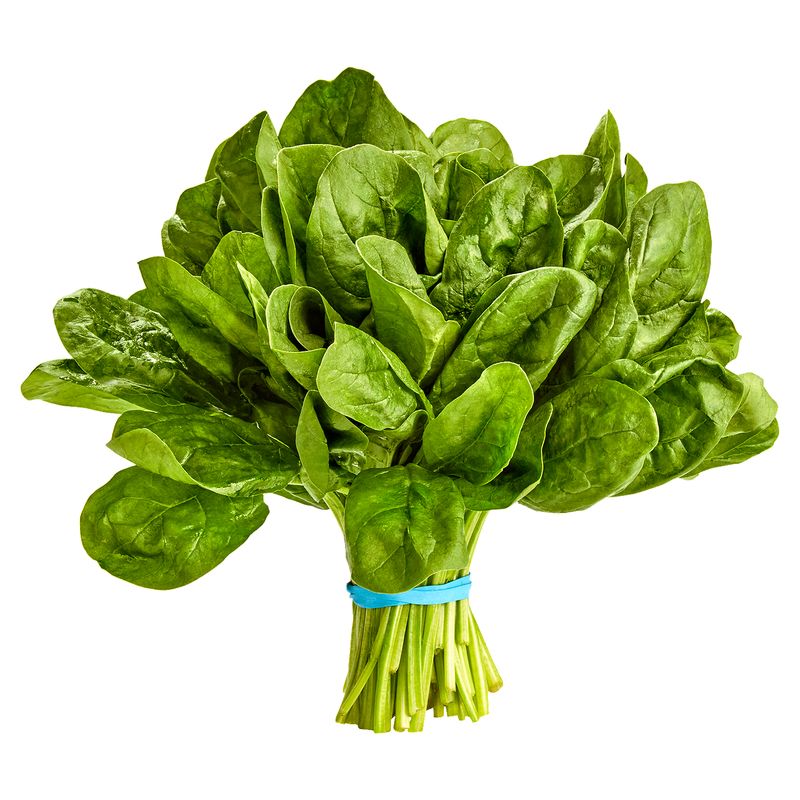
Spinach, with its deep green leaves, is a nutritional powerhouse. Packed with iron, folate, and vitamin K, it supports blood health and bone strength. Whether raw in salads, sautéed as a side, or blended into smoothies, spinach offers versatility and nutrients. Its mild flavor pairs well with various dishes, adding a healthy touch without overpowering. For those seeking iron-rich options, pairing spinach with vitamin C sources can enhance absorption, making it a wise inclusion in balanced meals.
12. Broccoli
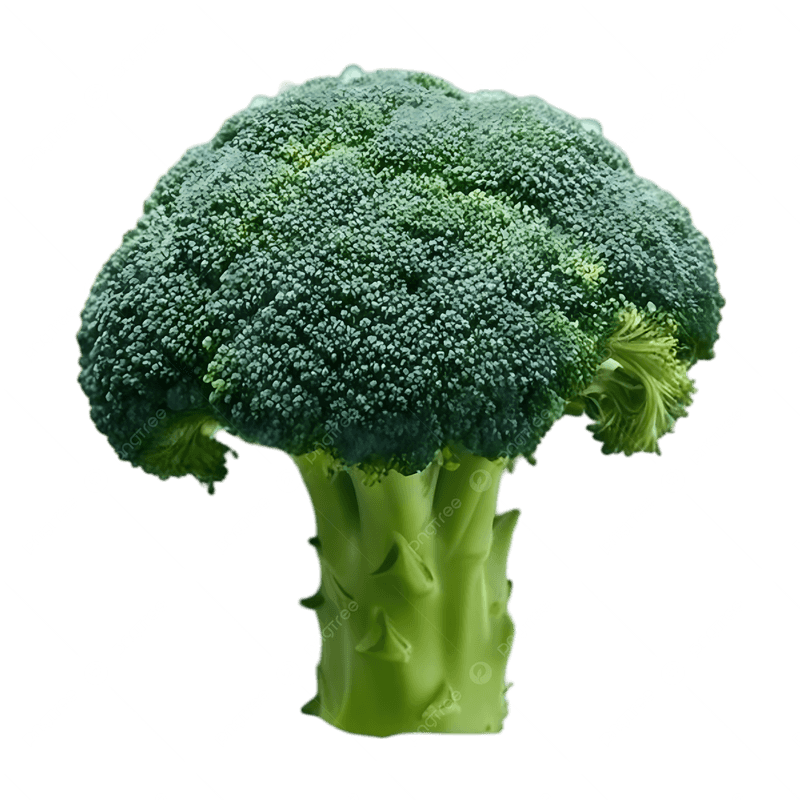
Broccoli stands out as a cruciferous powerhouse with fiber and vitamin C. Known for supporting detox and digestion, it’s a staple in healthy diets. Broccoli contains compounds that may help with cancer prevention, making it a wise choice for health-conscious individuals. Its versatility shines in soups, stir-fries, or roasted dishes. Adding a squeeze of lemon can enhance its flavor and nutritional value, making broccoli not just a side dish but a star on your plate.
13. Kale
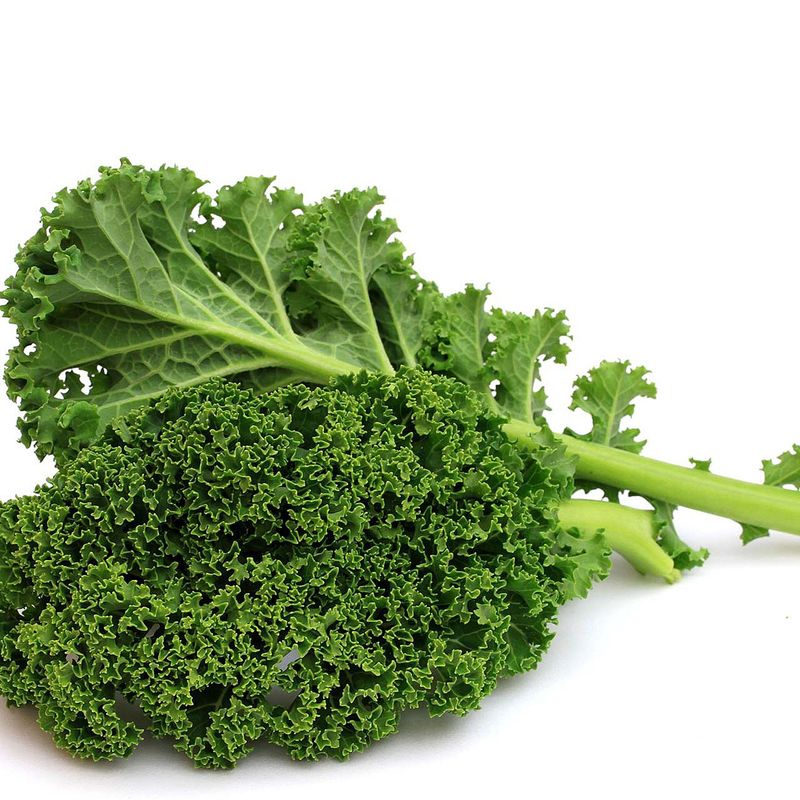
Kale’s rich, earthy flavor is matched by its nutritional profile. Bursting with fiber, antioxidants, and vitamin C, it’s a staple for those seeking health benefits in their diet. Often used in salads, smoothies, or baked into chips, kale’s versatility caters to various culinary tastes. Its slightly bitter notes can be balanced with sweet or tangy dressings. For a nutrient boost, incorporating kale into daily meals is a strategic move for maintaining a balanced diet.
14. Bell Peppers
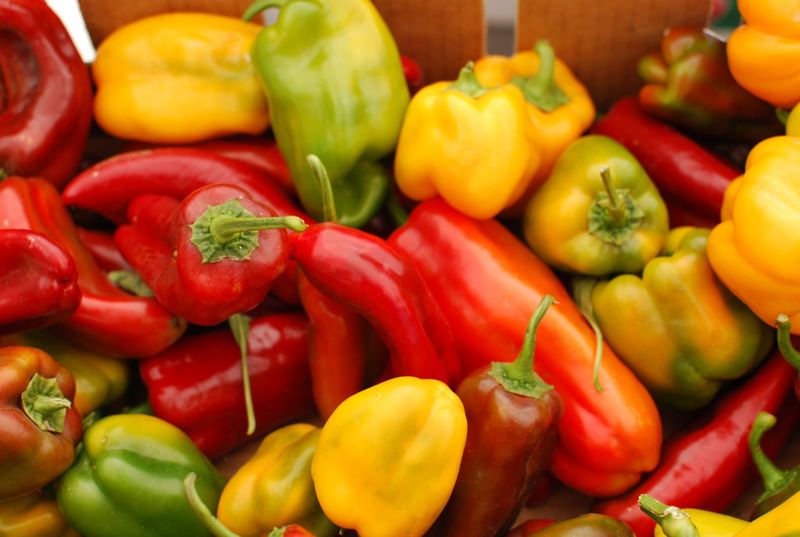
Bell peppers, known for their vibrant hues, are rich in vitamin C, especially the red ones. Sweet and crunchy, they make a delightful addition to salads and stir-fries. Unlike some vegetables, bell peppers are versatile and can be enjoyed raw or cooked. Their colorful appearance often brightens dishes, making them visually appealing. By incorporating them into meals, you not only add visual flair but also a nutritional boost, supporting overall health with antioxidant properties.
15. Zucchini
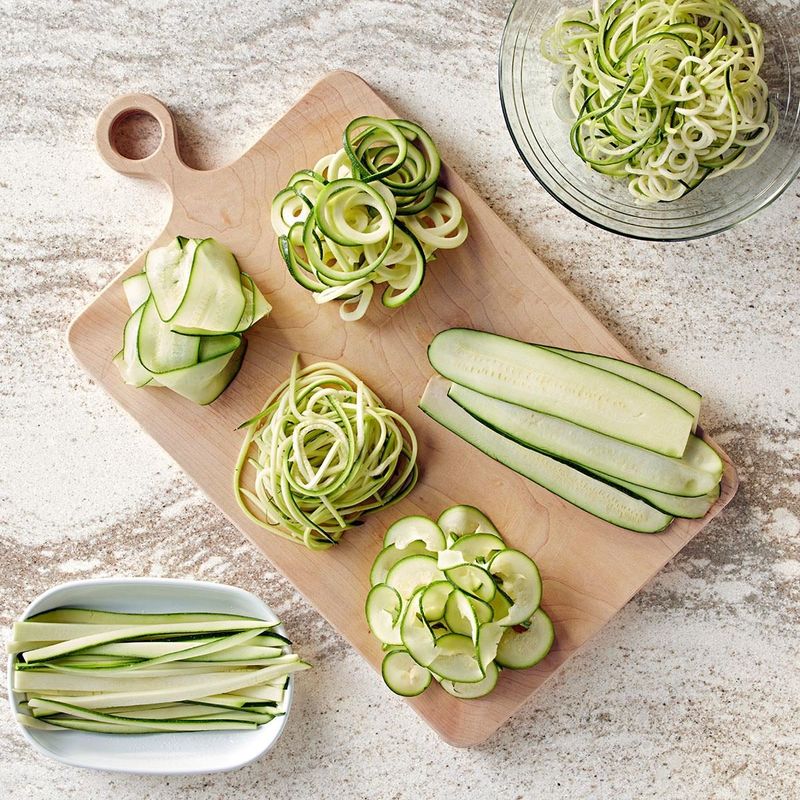
Zucchini, with its mild flavor and low-carb profile, is an excellent choice for those cutting back on starches. Its versatility makes it a popular substitute for pasta when spiralized into noodles. Roasted, grilled, or sautéed, zucchini brings a subtle texture to dishes without overwhelming them. It’s a fantastic option for those looking to reduce calorie intake without sacrificing taste. A garden surplus often leads to creative zucchini recipes, showcasing its adaptability in the kitchen.
16. Cauliflower

Cauliflower shines as a low-carb alternative in various dishes. High in fiber and rich in nutrients, it can mimic rice, mashed potatoes, or even pizza crusts for those on specific diets. Its subtle flavor allows it to absorb spices and sauces easily, making it a versatile ingredient in numerous recipes. As a cruciferous vegetable, it offers health benefits akin to its relatives like broccoli, promoting heart health and proper digestion. Including cauliflower in your diet supports a balanced lifestyle.
17. Brussels Sprouts
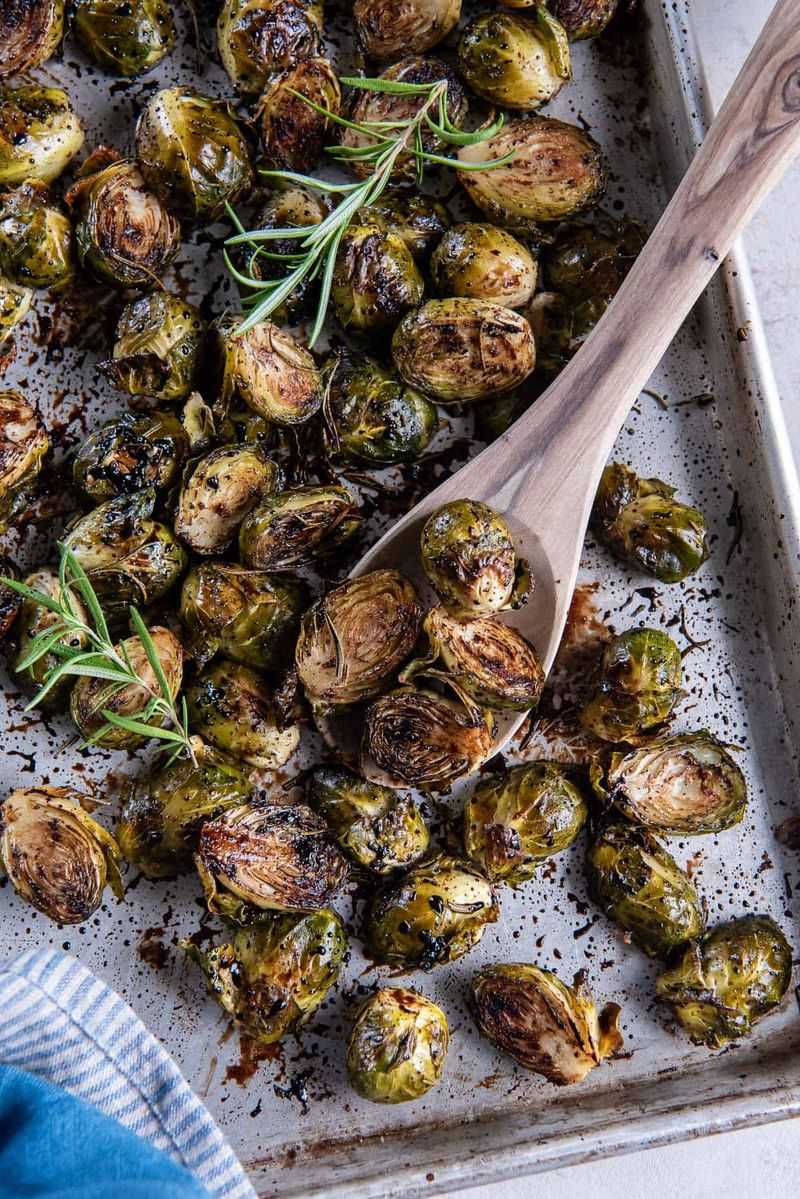
Brussels sprouts, often misunderstood, have emerged as a favorite when roasted to perfection. These mini cabbages boast a nutty flavor enhanced by caramelization. Rich in fiber and antioxidants, they support digestive health and cell protection. Whether tossed in olive oil or mixed with balsamic glaze, they adapt well to various culinary styles. By incorporating Brussels sprouts into meals, you enjoy their health benefits alongside their delightful taste, making them a prized choice among veggies.
18. Asparagus
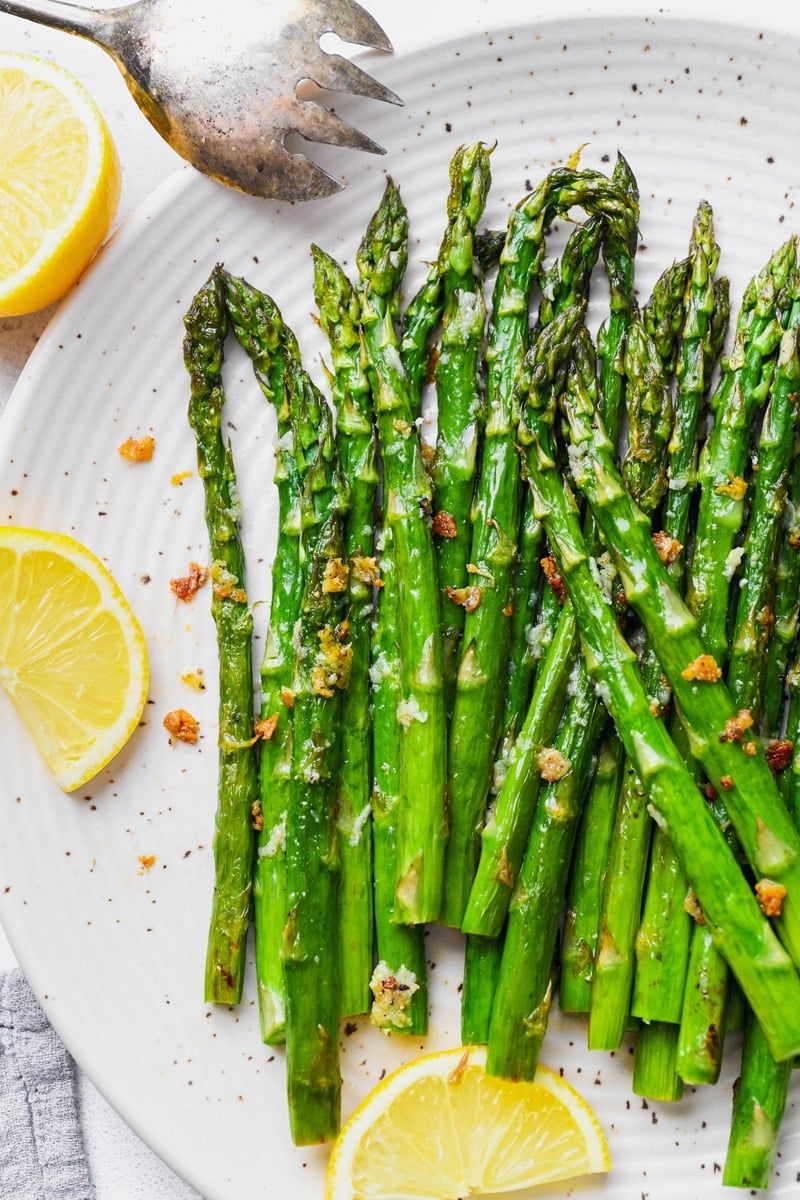
Asparagus, with its distinct spear-like appearance, is celebrated for its health benefits and unique taste. Rich in folate and acting as a natural diuretic, it supports liver health and digestion. This spring vegetable can be grilled, steamed, or roasted, offering versatility in preparation. Its slightly bitter undertones are complemented by lemon or garlic, enhancing its flavor profile. Including asparagus in your diet not only adds diversity to your vegetable intake but supports overall wellness.
19. Arugula
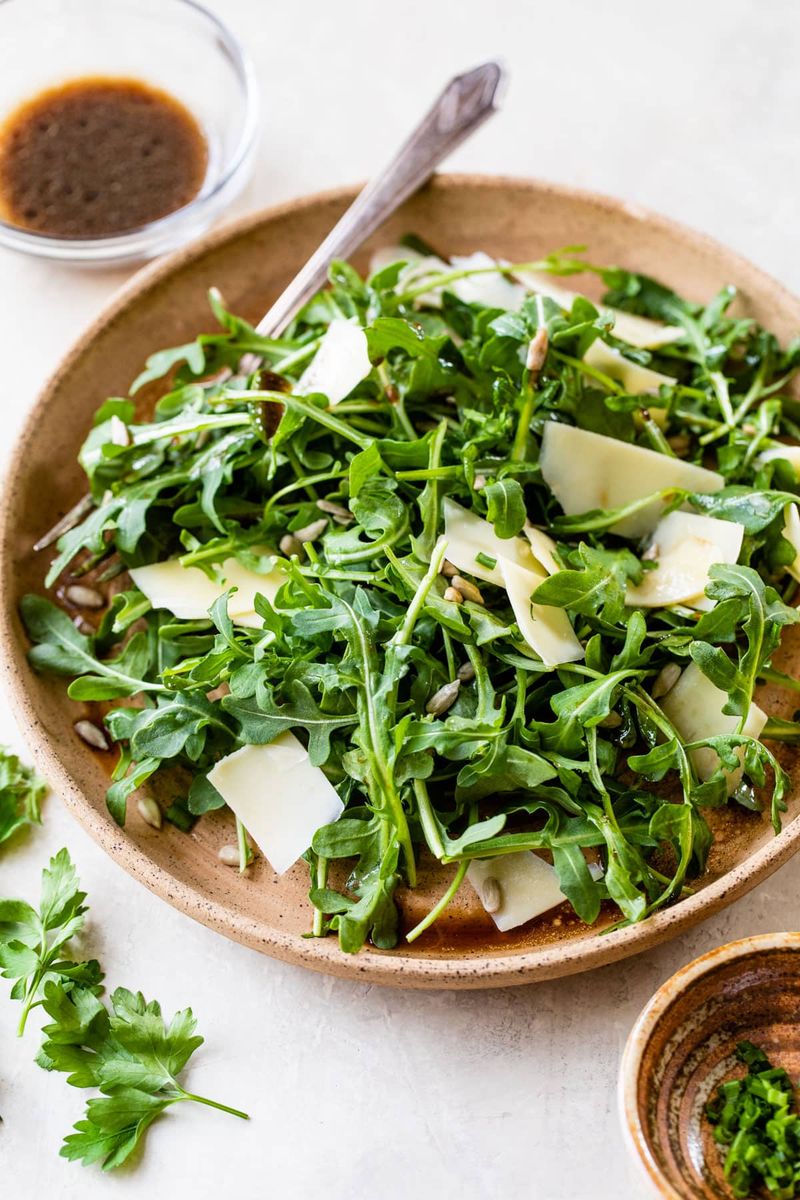
Arugula, with its peppery taste, adds a lively kick to salads and sandwiches. Known for its rich nitrate content, it supports circulation and cardiovascular health. This leafy green is often used as a flavorful base for salads or as a topping for pizzas, providing a nutritious and tasty addition. Arugula’s unique flavor can elevate simple dishes, making them more interesting and healthful. Incorporating it into your meals offers a fresh perspective on greens, balancing taste and nutrition.
20. Cabbage
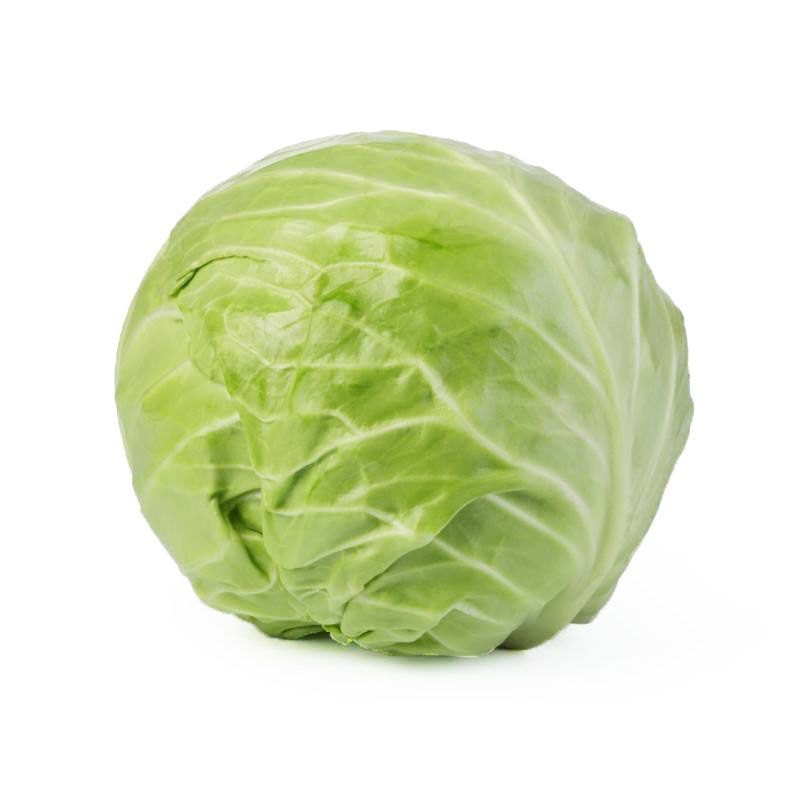
Cabbage, both economical and nutritious, is a staple in many diets. Offering fiber, vitamin C, and sulforaphane, it supports gut health and reduces inflammation. Whether eaten raw in coleslaw or fermented as sauerkraut, cabbage adds a distinct crunch and flavor to meals. Its versatility allows it to complement a variety of dishes. Embracing cabbage as a dietary regular can enhance overall health, providing essential nutrients without stretching the budget. Its adaptability makes it a favored choice worldwide.
